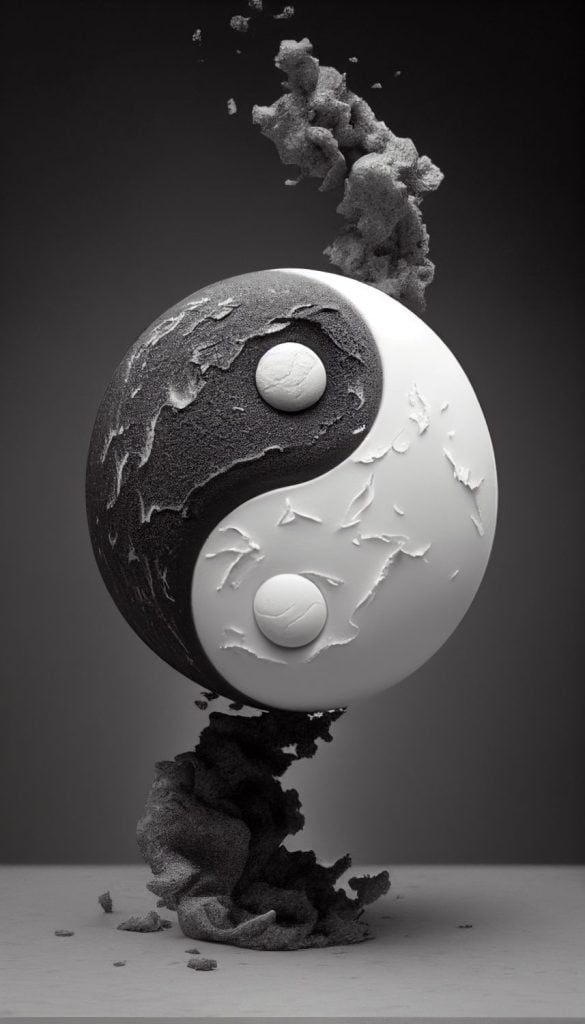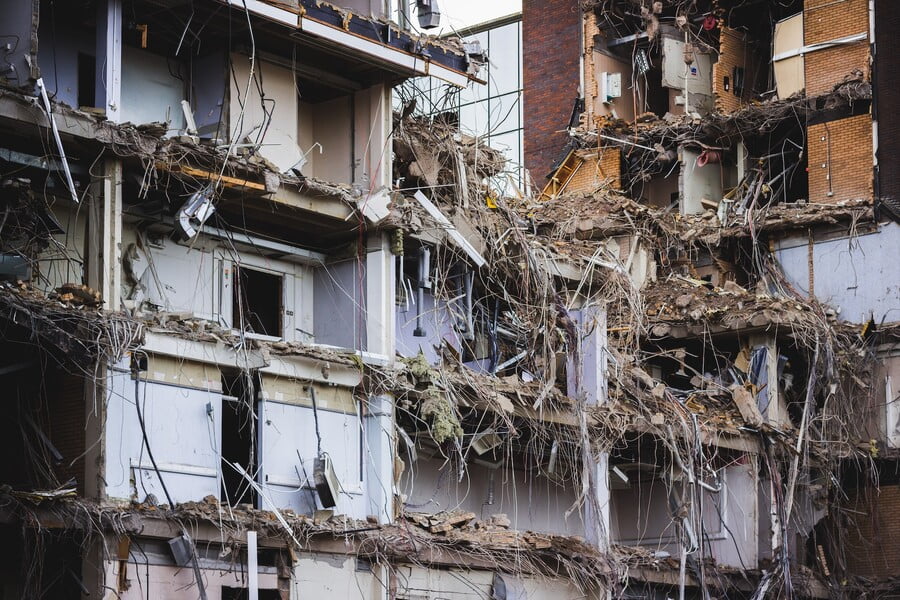This is article 11 of the series on Conflict Resolution
Whether at work or home, we are all confronted with conflict every day. While unpleasant, workplace disputes are bound to occur. For this reason, we should think ahead, so we can deal with any disputes that may come our way.
An excellent starting point for conflict resolution efforts is to learn Friedrich Glasl’s nine-stage conflict escalation model. In this article, we’ll take a look at the ninth stage, which is “together in the abyss.”
What Occurs During the Ninth Stage of Conflict Escalation?
At this stage, the instinct for survival is put on the back burner due to the tremendous desire to destroy the enemy. Devastation can continue unchecked when this occurs. One’s own preservation is irrelevant; the opponent must be annihilated even if it means ruining one’s own team, organisation, or person. Nothing matters now, no matter how bad things get — whether that includes bankruptcy, prison time, physical injury.
This is the point of no return because all bridges have been burned. There is a battle of utter destruction being fought with no regard for morality or remorse. Neither are there any blameless victims or any neutral players. As they speed closer and closer to the abyss, their only focus is on making sure their adversary falls as well.
Example of How Conflict Escalates to Stage 9
To illustrate how a conflict can escalate to Stage 9, consider the following scenario:
A biscuit company is looking to expand its product line to appeal to a wider demographic. The task is assigned to two employees from two distinct departments: J. Miller, an engineer, and S. Rodriguez, a salesperson. They are both their departments’ second-in-command, and this is their first assignment in a managerial capacity.
● Stage 1: Miller and Rodriguez share their thoughts on the new product while brainstorming. They each have their own divergent views on both the presentation and flavour. Despite Rodriguez’s desire to change the flavour and packaging, Miller contends that this is impossible with the existing production facilities. As a result of their disagreements, they become frustrated with one another.
● Stage 2: Eventually, the conversations devolve into confrontations, and they begin to view one another as competition. Nevertheless, they want to come up with a new product, but only from the perspective of their own departments.

● Stage 3: To drum up business, Rodriguez is making a stop at a number of high-profile retailers. Miller commences with manufacturing the new product with a different taste and presentation. Miller hasn’t sought the opinion of Rodriguez on the matter since she feels that further discussion is meaningless. The product’s appearance and flavour are the exact opposite of what Rodriguez had in mind.
● Stage 4: On his return, Rodriguez says that all the company’s primary customers are looking for something completely new, but the company is now unable to provide it. Rather than their competition, he now sees their own production team as their greatest threat, as they are doing everything in their power to keep them from succeeding. On the other hand, Miller believes that since they manufacture the best biscuits, they require a sales team that can effectively convey this idea. Both tell their co-workers how little the other person comprehends the task.
● Stage 5: Rodriguez releases sales numbers for the new product, which shows that it is underperforming compared to other competitors. Miller’s reputation has been tarnished within the organisation. He feels that the sales team has made little attempt to improve its performance.
● Stage 6: Miller persuades her superior to complain with Rodriguez’s boss, the sales manager. An official complaint will be lodged if the sales manager fails to control Rodriguez. The sales manager does not take the threat seriously and even makes light of it with Rodriguez and the other members of his team.
● Stage 7: Both parties bring the conflict outside the company. Miller enlists the help of old associates to protest the sales team and Rodriguez’s failure to keep his promises. Rodriguez manipulates customers to voice their dissatisfaction with the new biscuit’s flavour, claiming Miller is to blame. Both of them are attempting to eliminate the other.
● Stage 8: Miller and the rest of the production team work with an outside marketing firm to promote the new product. The marketing team will be forced to make layoffs, and the department’s reputation will be ruined. In response, the sales team tries to collaborate with an external production partner. Both departments are now engaged in a battle for survival.
● Stage 9: Both sides are now so desperate to attack and annihilate the other. Information regarding new products is leaked by the sales team, and the competition will be able to introduce similar products before the company does. As a result, there will be a lot of product backlog in the production team. Production fights back by delaying or even halting production, preventing sales from fulfilling orders and leading to revenue losses. This final stage is irrational and ultimately leads to the company’s demise.

Measures To Take in Stage 9
Just like the previous stage, disputes at the ninth stage must be resolved by either arbitration tribunals or regular courts. Intervening powers can also be used to resolve these disagreements. The parties may need to pursue legal action if workplace conflict management does not provide a satisfactory solution to the problem. Their legal avenues include civil lawsuits or a claim with a government agency, depending on the severity of the damage. Federal litigation may be necessary to resolve more significant issues and offenses, such as discrimination or harassment.
The Bottomline
Now and again, there will be a dispute among the employees over anything. How you manage conflicts may make or break your team. As we’ve discussed, there are several stages in the escalation of conflict. Team members and leaders need to recognise each one to keep things from getting worse. Next up, we’ll be looking at other conflict escalation and resolution models.





0 Comments